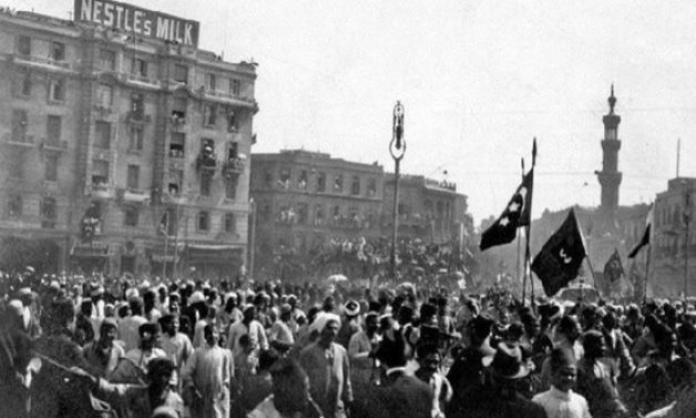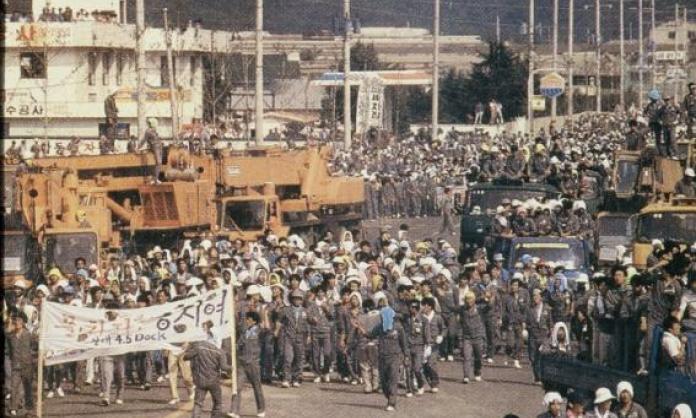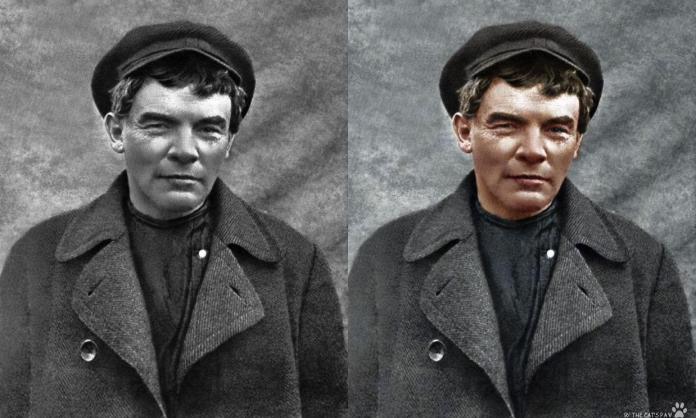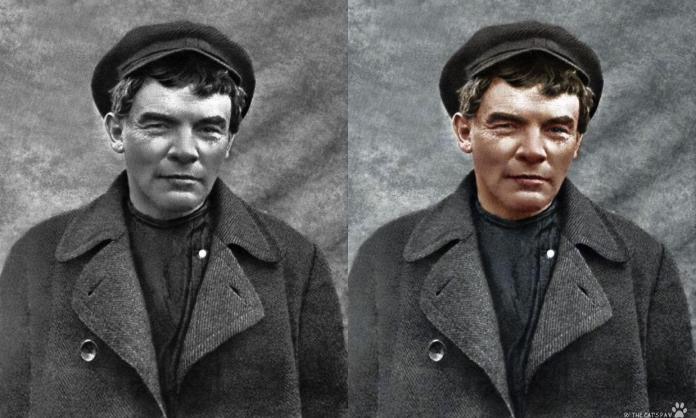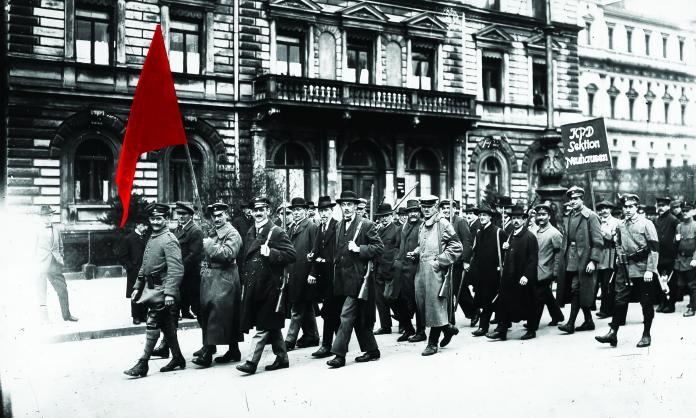In Australian labour history, the words “Chinese labour” and “cheap” are run together frequently and repeated uncritically. They conjure an image of passive pliant dupes at best, or at worst people who were outright scabs. But the stereotype is a racist lie. In this series, Red Flag uncovers some shamefully neglected working class heroes.
A great story of Chinese working class resistance comes from Barcaldine, central Queensland, in the 1880s. Here the notorious anti-Chinese agitator John Potts met his most determined opposition. Potts had previously been a wealthy architect before giving himself the mission of saving Australia from the “yellow peril”.
He was loved by the press. It’s hard to find a single newspaper article that offered anything other than encouragement and adulation as he toured the country agitating for Chinese segregation and expulsion.
Yet he regularly complained in his memoirs that the workers in many towns seemed entirely uninterested in his racist program. Frustrated, he painted a picture of the workers as sort of idiotic sheep too stupid to see the danger of welcoming the Chinese into their midst.
In Barcaldine, not only did he fail to stage any significant public meetings; he was chased out of town by a squad of working class Chinese women armed with sticks.
It is very difficult to find any information about such Chinese women activists in Australia. One about whom we do have some detail is Lena Lee.
Lee was a Darwin-born middle class woman in her early 20s when the local branch of the Kuomintang (KMT, a Chinese nationalist political party) was founded in 1924. She quickly became the organisation’s vice president and remained so until her suicide in 1930 at the age of just 28.
Lee’s prominent role in Darwin politics caused no end of controversy. She was, after all, a young woman, and a Chinese one at that. But worst of all, in the eyes of the establishment at least, she was ardently pro-union and known to be on comradely terms with Communists.
You can imagine the scandal. One of her critics from inside the whites-only union argued, “The old conservative Chinese of Darwin will have nothing to do with this association [the KMT], whose chief say-so is a woman. Rightly it is pointed out that these people do not represent Chinese manners and thought.”
The Darwin KMT secretary, a working class man by the name of Gee Ming Ket, launched a stinging rejoinder in the paper’s letters page:
“Thankful are we that the majority of young Australian-born Chinese are joining our society [the KMT], but the old conservative Chinese are naturally opposed to any change. When did the conservatives of any country do any real and permanent good for the working classes? The conservative Chinese – like all other conservatives – hate change. That sort of conservatism has held China in bonds of slavery for centuries.”
Lee’s involvement in the workers’ movement highlighted the real divisions in the Darwin Chinese community. The Chinese merchant class, well and truly ensconced in the Darwin establishment, was in turns disgusted and terrified by the implications of her activity.
Under the leadership of Lena Lee and Gee Ming Ket, the Darwin KMT helped organise Chinese workers on the docks, and in 1930 KMT members marched in Communist-organised rallies against unemployment.
This link with the Communist Party of Australia had been there from the outset, but was strengthened in 1927 by joint determination to overturn the whites-only membership clause of the newly formed Northern Australian Workers Union.
The struggle achieved victory only after Lee’s death, following a heated dispute in 1934 in which Chinese labourers building the Darwin airport finally managed to win NAWU membership.
But by that time, it was the CPA alone that fought for the rights of Chinese workers. The KMT had long since been purged of its labour ties.
What drove Lena Lee to suicide is open to conjecture. But Julia Martinez, an expert on Darwin Chinese political and labour history, makes a strong argument based on Lee’s suicide letters that her actions reflected a deep despair at the trajectory of the KMT.





